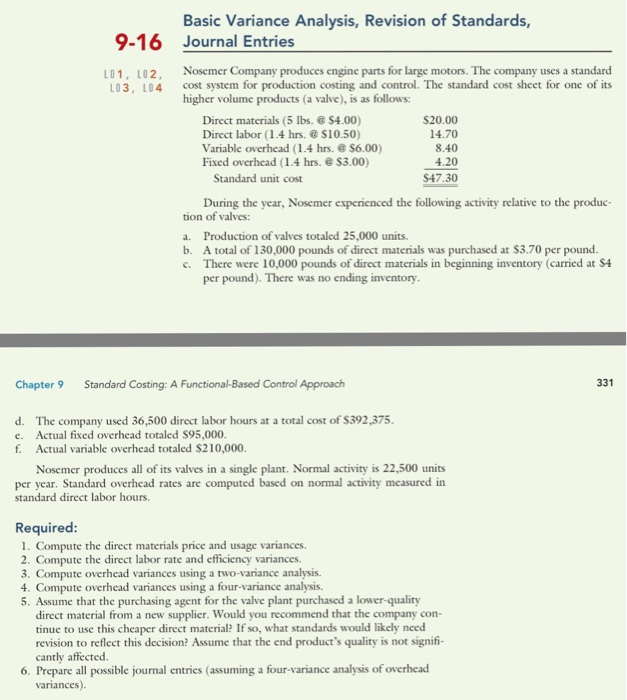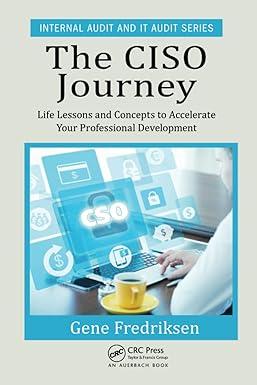Answered step by step
Verified Expert Solution
Question
1 Approved Answer
Basic Variance Analysis, Revision of Standards, 9-16 Journal Entries L01, LO2, L03, L04 Nosemer Company produces engine parts for large motors. The company uses a

Step by Step Solution
There are 3 Steps involved in it
Step: 1

Get Instant Access to Expert-Tailored Solutions
See step-by-step solutions with expert insights and AI powered tools for academic success
Step: 2

Step: 3

Ace Your Homework with AI
Get the answers you need in no time with our AI-driven, step-by-step assistance
Get Started


